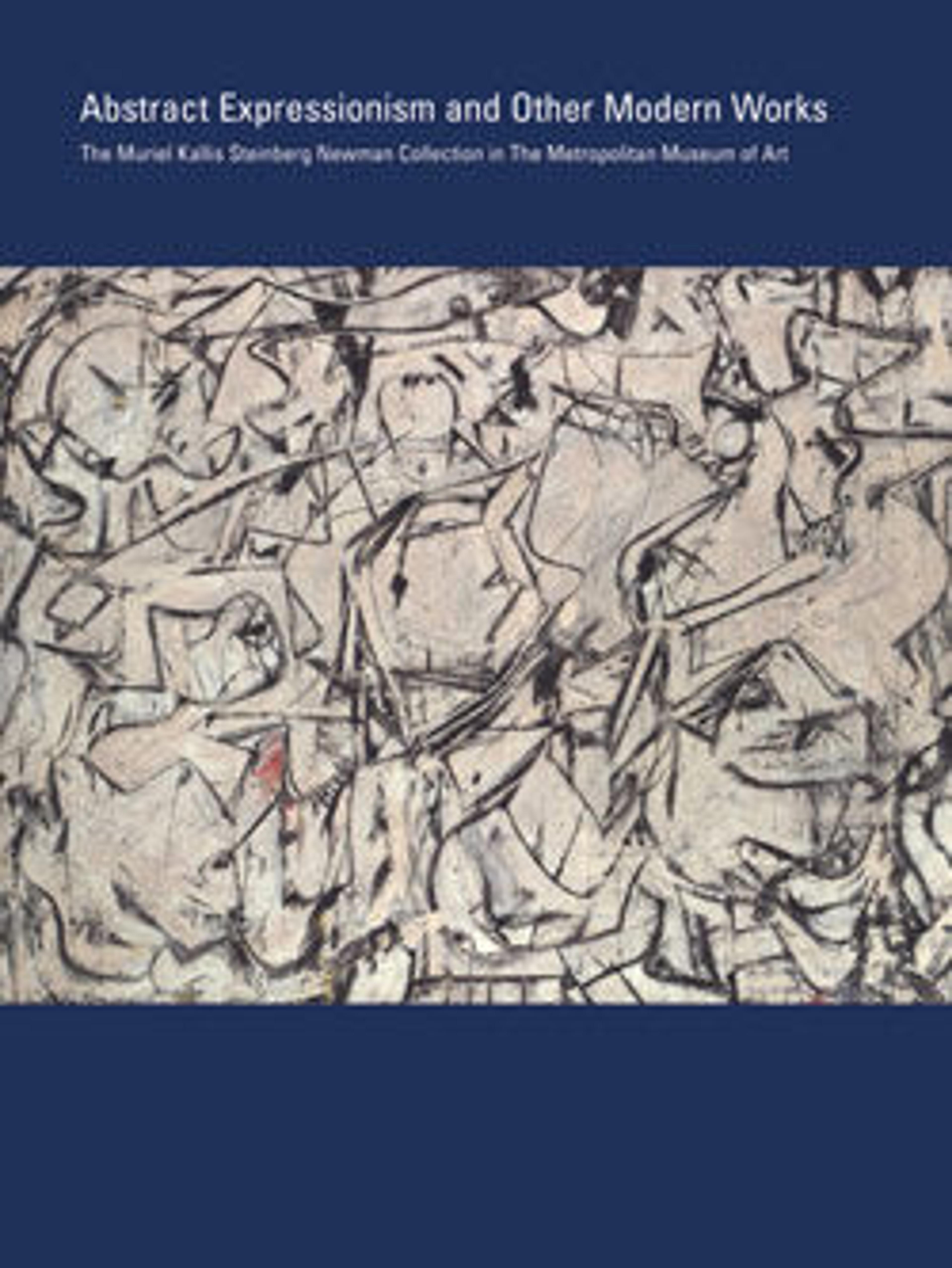Song of the Landscape
David Smith was the sculptor most closely associated with the Abstract Expressionist movement. While in college, he worked one summer as a welder at an automobile factory, where his understanding and love for industrial materials and techniques took root. After moving to New York in 1926, he met the Russian émigré artist John D. Graham who introduced him to the welded sculptures of Julio González and Pablo Picasso, which proved formative to Smith’s artistic practice. In 1932, Smith installed a forge and anvil in his studio at Bolton Landing in the Adirondacks, New York. Stocked with large amounts of raw material, the artist started creating three-dimensional objects from wood, wire, scavenged metal, and other machine parts but soon gravitated to using an oxyacetylene torch to make arguably the first welded steel constructions in America. He conceived of these forged and welded sculptures as drawings in space. Through them, he explored a new spatial reality through the concepts of transparency and weightlessness, in opposition to the traditional method of working from bronze casts.
Song of the Landscape exemplifies his technique of welding together thin rods and other metal pieces to achieve a balanced structural tension between mass and weightlessness. Although the work is mostly abstract, a few descriptive details are recognizable, such as the vine climbing through what appear to be windows. Smith often tried to evoke the beauty he found in the natural surroundings of the Hudson River Valley.
Song of the Landscape exemplifies his technique of welding together thin rods and other metal pieces to achieve a balanced structural tension between mass and weightlessness. Although the work is mostly abstract, a few descriptive details are recognizable, such as the vine climbing through what appear to be windows. Smith often tried to evoke the beauty he found in the natural surroundings of the Hudson River Valley.
Artwork Details
- Title: Song of the Landscape
- Artist: David Smith (American, Decatur, Indiana 1906–1965 Bennington, Vermont)
- Date: 1950
- Medium: Iron and bronze, on wood base
- Dimensions: 23 7/8 × 32 × 18 3/4 in., 30.1 lb. (60.6 × 81.3 × 47.6 cm, 13.7 kg)
- Classification: Sculpture
- Credit Line: The Muriel Kallis Steinberg Newman Collection, Gift of Muriel Kallis Newman, 2006
- Object Number: 2006.32.58
- Curatorial Department: Modern and Contemporary Art
More Artwork
Research Resources
The Met provides unparalleled resources for research and welcomes an international community of students and scholars. The Met's Open Access API is where creators and researchers can connect to the The Met collection. Open Access data and public domain images are available for unrestricted commercial and noncommercial use without permission or fee.
To request images under copyright and other restrictions, please use this Image Request form.
Feedback
We continue to research and examine historical and cultural context for objects in The Met collection. If you have comments or questions about this object record, please contact us using the form below. The Museum looks forward to receiving your comments.
